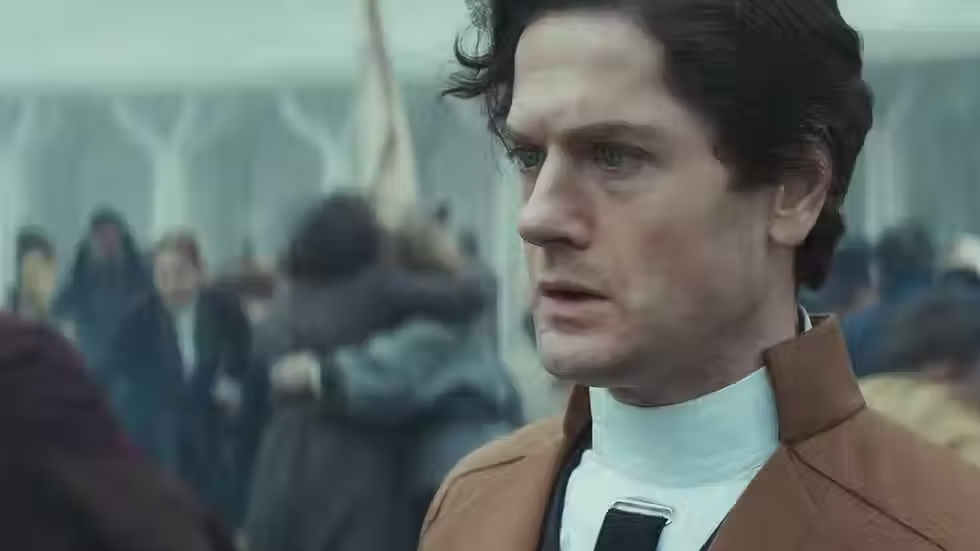Review: The Mad Fox
- ogradyfilm
- Nov 4, 2023
- 1 min read
If Bloody Spear at Mount Fuji was director Tomu Uchida’s homage to the socially conscious period dramas produced by Sadao Yamanaka (particularly Humanity and Paper Balloons), then The Mad Fox is surely intended to be his tribute to Keisuke Kinoshita’s surreal, kaleidoscopic The Ballad of Narayama.

From its opening credits—which feature impressionistic illustrations that seamlessly transition into live-action footage—to its tragic climax—during which the studio set appears to be suspended in an empty void of infinite darkness—the film embraces the inherent artifice of the medium. The framing, mise en scène, and blocking, for example, are evocative of the theatrical traditions of kabuki and Noh; the vibrant color palette, meanwhile—the eerie scarlet glow of the ominous blood moon, the warm amber hue of the silky sky, the radiant green of the gently swaying grass—is reminiscent of emakimono (painted scrolls). Indeed, the narrative frequently delves into pure abstraction, conveying conflict and character development through elaborate dances rather than dialogue or naturalistic action. Consequently, the overarching plot is somewhat disjointed, leaving several threads entirely unresolved—even the central antagonists abruptly vanish prior to the final act.
Although these experimental, unconventional qualities might alienate certain viewers (and definitely have, judging by the handful of reviews that I skimmed), I found them to be absolutely captivating. Not every movie needs to tell a coherent story; sometimes, the style is substance enough in and of itself—no further “context” required to justify the sublime imagery and immaculate cinematography. In the case of an avant-garde masterpiece like The Mad Fox, I was only too happy to simply immerse myself in the spectacle.





Comments